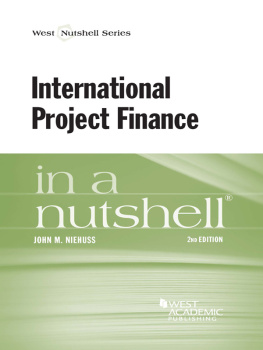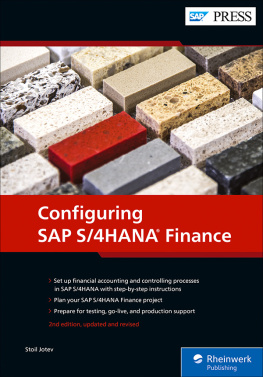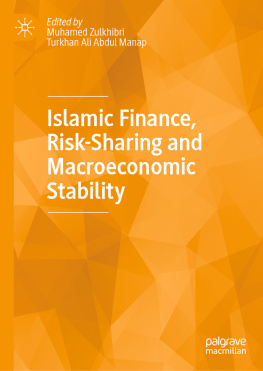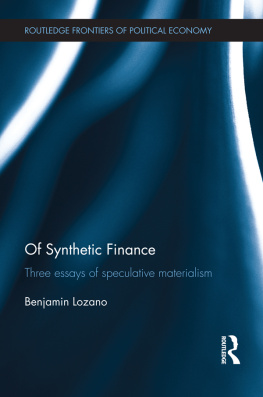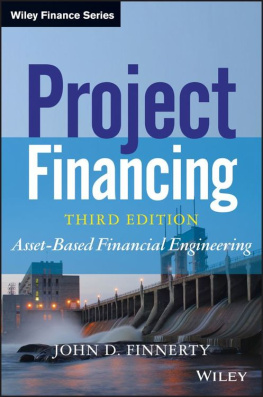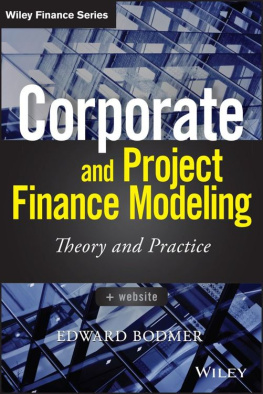Landmarks
Page list

WEST ACADEMIC PUBLISHINGS
LAW SCHOOL ADVISORY BOARD
__________
JESSE H. CHOPER
Professor of Law and Dean Emeritus,
University of California, Berkeley
JOSHUA DRESSLER
Professor of Law, Michael E. Moritz College of Law,
The Ohio State University
YALE KAMISAR
Professor of Law Emeritus, University of San Diego
Professor of Law Emeritus, University of Michigan
MARY KAY KANE
Professor of Law, Chancellor and Dean Emeritus,
University of California,
Hastings College of the Law
LARRY D. KRAMER
President, William and Flora Hewlett Foundation
JONATHAN R. MACEY
Professor of Law, Yale Law School
ARTHUR R. MILLER
University Professor, New York University
Formerly Bruce Bromley Professor of Law, Harvard University
GRANT S. NELSON
Professor of Law, Pepperdine University
Professor of Law Emeritus, University of California, Los Angeles
A. BENJAMIN SPENCER
Professor of Law, University of Virginia School of Law
JAMES J. WHITE
Robert A. Sullivan Professor of Law Emeritus,
University of Michigan
I
INTERNATIONAL PROJECT FINANCE
IN A NUTSHELL
SECOND EDITION
by
JOHN M. NIEHUSS
Adjunct Professor
University of Michigan Law School

Mat #41654610
II
The publisher is not engaged in rendering legal or other professional advice, and this publication is not a substitute for the advice of an attorney. If you require legal or other expert advice, you should seek the services of a competent attorney or other professional.
Nutshell Series, In a Nutshell and the Nutshell Logo are trademarks registered in the U.S. Patent and Trademark Office.
2010 Thomson Reuters
2015 LEG, Inc. d/b/a West Academic
444 Cedar Street, Suite 700
St. Paul, MN 55101
1-877-888-1330
West, West Academic Publishing, and West Academic are trademarks of West Publishing Corporation, used under license.
Printed in the United States of America
ISBN: 978-1-62810-134-8
III
This book is dedicated to, and was inspired by, the memory of my father, Marvin L. Niehuss (19032003). He was an educator associated with the University of Michigan for over sixty years as a student, faculty member, and administrator serving as Vice President, Dean of Faculties, and Executive Vice President. When he retired from active service in 1973 and became a Professor Emeritus of Law, the Regents of the University noted that his commitment and service to the University have rarely been equaled and that few men in the history of the University have come to know it so well or done more to shape its destiny.
V
PREFACE
__________
This is a book about the legal aspects of a very practical subject: how to raise funds for the construction and operation of major projects using a financing technique known as project finance. One of the major challenges of the early twenty first century will be financing the massive investment required to expand the infrastructure needed for economic growth in both developed and emerging market economies. The expected global demand for energy, minerals, and other commodities suggests that major new investment will also be required in these sectors. Project finance will be one of the main methods used to raise funds for projects designed to meet these investment needs.
The book introduces the concept of project finance and then focuses on the main legal issues that arise during each phase of a typical international project finance transaction. It is intended as a basic introduction for law students and lawyers who have had no previous exposure to the field and emphasizes basic principles and concepts while leaving details to more in-depth books and articles. The focus is primarily legal in nature as the specific topics and issues covered are designed to provide a foundation for a young lawyer embarking on a career in project finance. However, the book includes extensive coverage of financial and credit support issues and may be of interest to bankers VI and other non-lawyers looking for an overview of an international project finance transaction.
The content is based on materials used in a course taught at the University of Michigan Law School and is designed as a supplement to law school courses and other seminars on project finance that rely heavily on the analysis of sample documents and case studies of major projects.
This Second Edition has been revised and expanded to cover the use of project finance to fund PPPs and infrastructure, the impact of the 2008 financial crisis and the resulting Basel III regulations on project finance, and other major developments over the past few years. New chapters have been added to illustrate the practical application of project finance principles and techniques to projects in the infrastructure sector and the oil, gas and mining sectors. The chapters on operating agreements have been substantially revised, and the discussion of syndicated loans has been expanded. Additional appendices have been added to provide checklists and summary information on taxation and financial issues.
It is divided into eight main sections as follows:
Part IIntroductory . This section provides an explanation of the concept of project finance and outlines the role of the lawyer in an international project financing transaction.
Part IIBasic Project Preparation . Part II describes the extensive preparatory work that must be done for each project to assess risks, conduct due VII diligence, plan for procurement, and create the basic legal structure of the project.
Part IIIProject Documents . This part of the book deals with the agreements that: establish the basic relationship between the host government and the SPV; allocate risk among the key project participants; govern the actual construction and operation of the project; and work together in an integrated way to create the revenue stream that serves as the foundation for raising finance for the project.
Part IVArranging Finance . This section describes the main sources of finance and their characteristics and the process of developing a finance plan and arranging finance.
Part VCredit Support . This part covers the various forms of credit support commonly used in project financing including insurance, guarantees and bonding, security over project assets, and derivatives.
Part VIFinancial Documentation . This section describes the various loan agreements and the other ancillary documents that govern the provision and administration of funding for projects, including analysis of loan agreement clauses and relations among the various creditors.
Part VIIWhen Problems Arise . This part deals with the fact that the long term, complex nature of most project financings means that problems inevitably arise and need to be dealt with through VIII renegotiation and restructuring or various dispute settlement mechanisms.
Part VIIIApplication of Project Finance to Specific Economic Sectors . The final section discusses the application of project finance principles and techniques to specific economic sectors with an emphasis on infrastructure, oil and gas, and mining.
JOHN M. NIEHUSS
November 2014
IX
ACKNOWLEDGMENTS
__________
I would like to thank Ned Neaher, an experienced project finance partner at the law firm of White & Case, for his significant contribution to this edition of the book. As he did for the First Edition, he reviewed a draft of the manuscript, spent time answering my questions about current practices in the project finance field, and provided many valuable suggestions that led to changes that improved the final product. Any errors or omissions are, of course, my own.

